The death of Singapore Civil Defence Force NSF Kok Yuen Chin, who drowned in a fire station pump well on May 12, demonstrated the terrible consequences of hazing taken too far.
Ragging, or hazing, refers to the initiation of new members into an existing group through harassment or humiliation, and can take a variety of forms. The dangers of throwing someone into a well are self-evident, but what about less extreme forms of the practice?
Take the case of a June 4 outing to Siloso Beach organised by students of the National University of Singapore’s (NUS) Kent Ridge Hall. The Straits Times reported that during the activity, participants were split into teams, and tasked to lay their clothes on the beach to form the longest unbroken line.
Other stories you might like
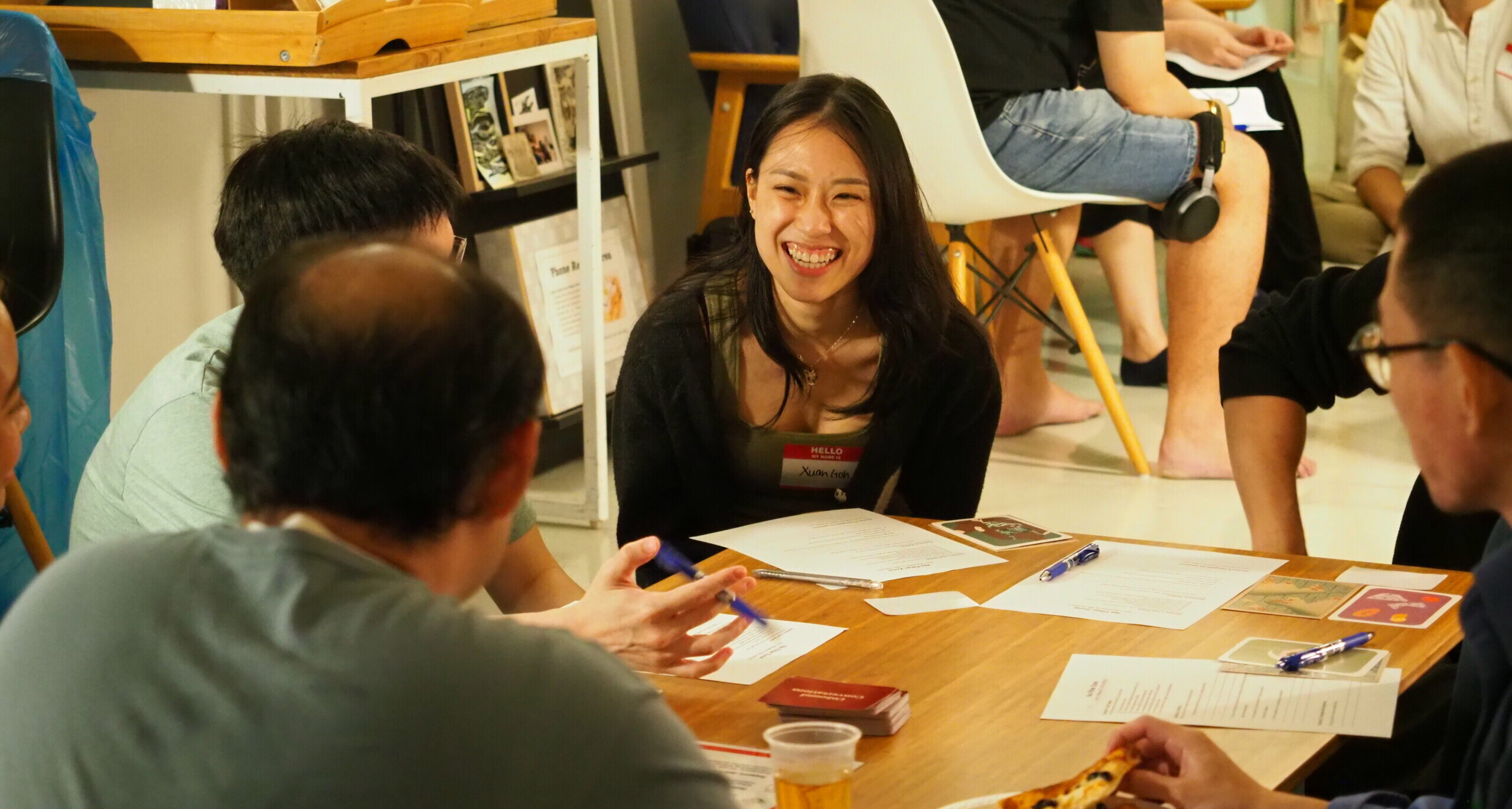


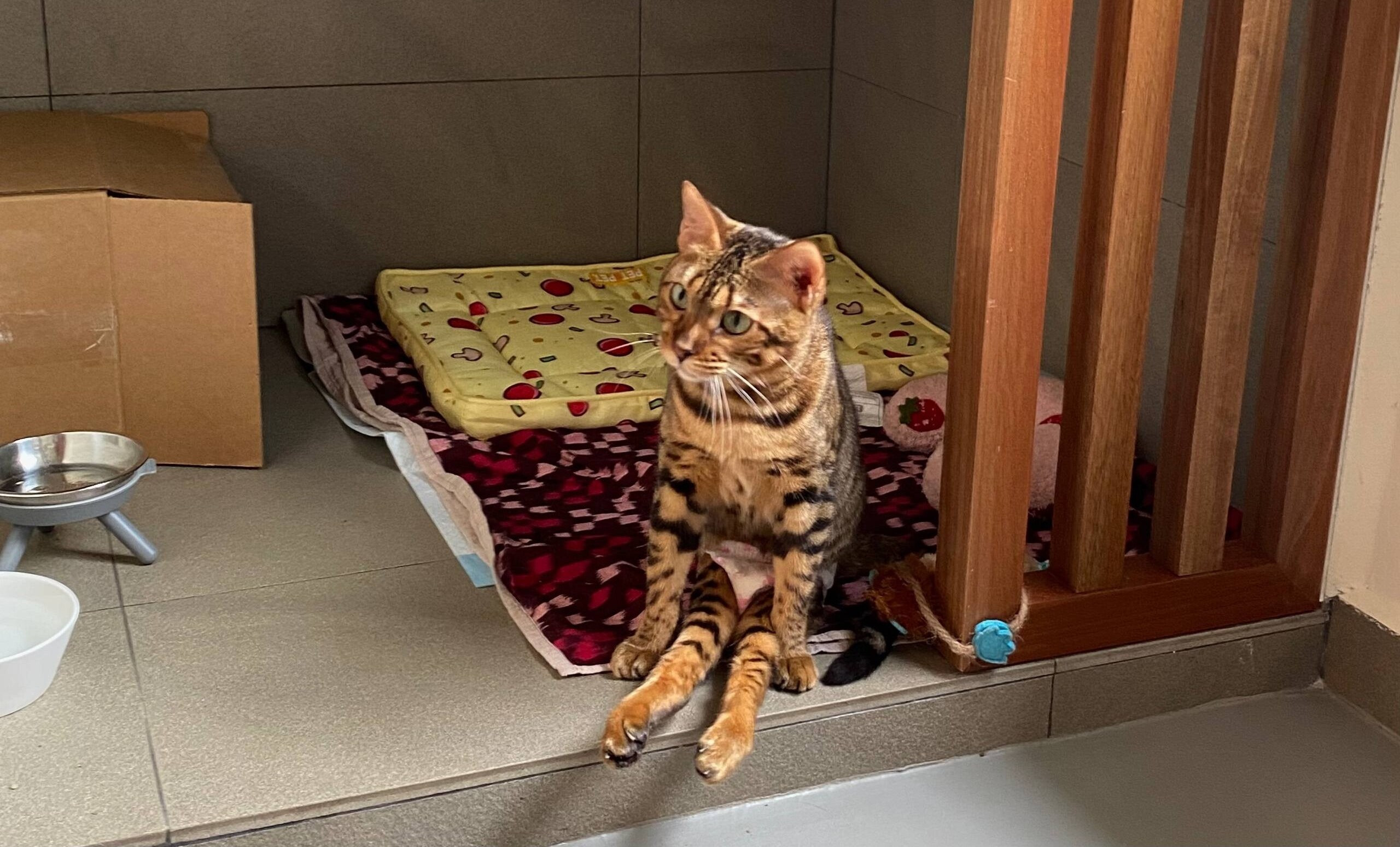
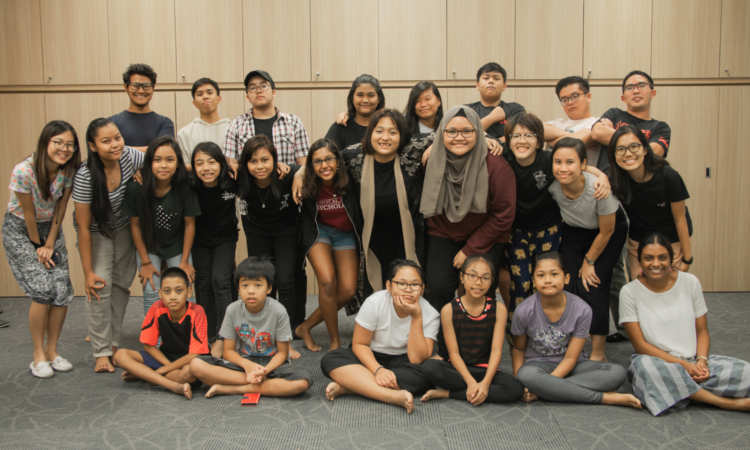

The seniors encouraged participants to remove as much clothing as possible, and this left many of the men completely naked and the women down to their swimwear or undergarments. Several participants later told The Straits Times that they had “felt pressured” and “uncomfortable”. However, one student did mention that students “were told that if [they] didn’t want to take off anything, [they] didn’t need to”.
Some netizens felt that those who complained that they felt uncomfortable should not have participated in the activity in the first place.
This post on NUSWhispers, a Facebook page for NUS students to voice their opinions anonymously, insisted that those who didn’t fancy the activities should simply have said “no” and “taken responsibility for [their] own actions”.
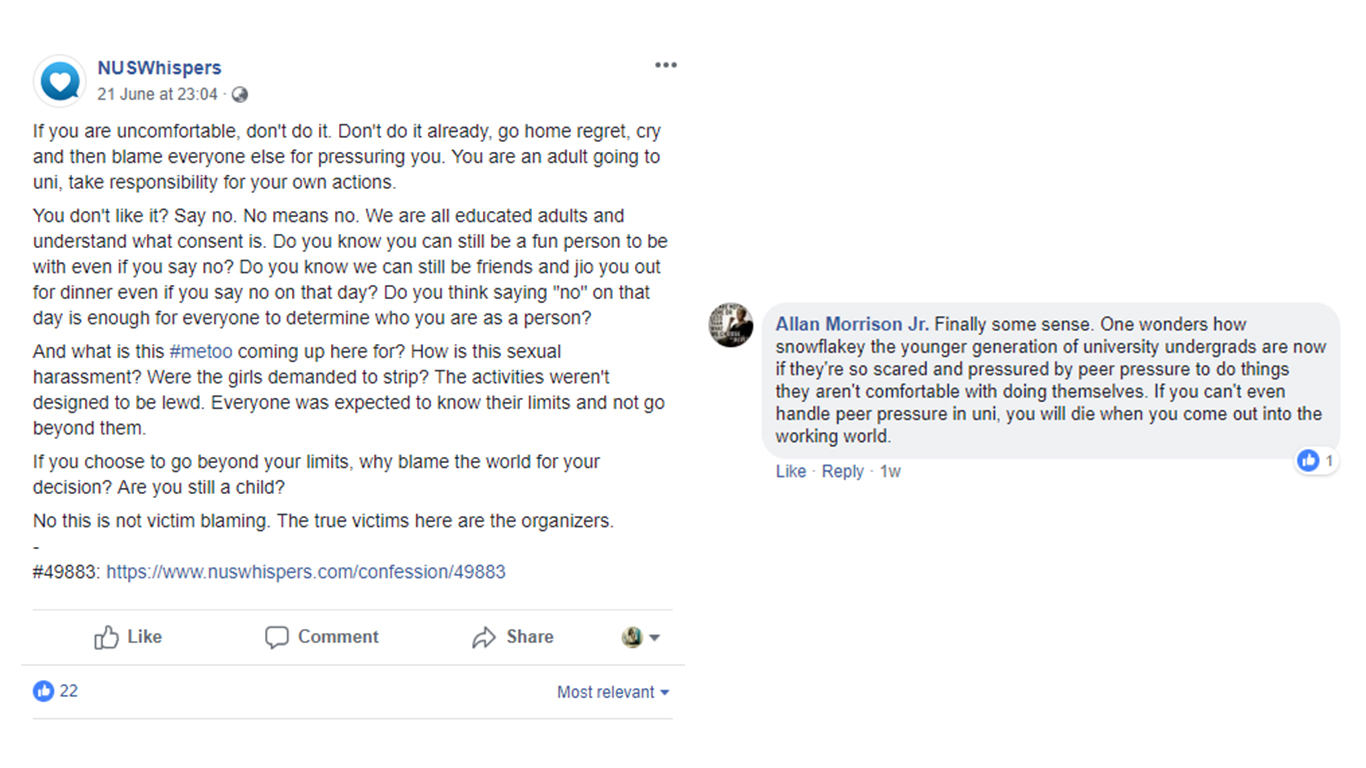
How do the victims feel?
It’s easy to make accusations from behind the safety of the keyboard: Call anyone who complained a coward, snowflake, crybaby, child. The commenters seemed happy to dismiss peer pressure as something easily withstood, but it’s not quite so in reality.
Health psychologist YY Low, 42, who is the founder of Healology, a private psychology clinic, told The Pride that some people in a hazing situation would comply rather than opt out, even when given a chance to.
“It takes a very strong individual to walk away,” said Low. “They might think: ‘Will I be ostracised after this? Will I be seen as cowardly? The desire to feel included in the ‘in-group’ – which has gone through hardship together – is very strong, and there are a lot of unwritten rules which govern these interactions.
“Generally, the victims allow it because the desire for acceptance overrules any discomfort, especially since everyone is a ‘newbie’,” she added.
With the Kent Ridge camp in perspective, the pressure felt by the participants would be heightened by the fear of being shunned in their own place of living as the participants would have to live with other participants long after the activities ended.
Low also pointed out that an element of escalation is often present in initiation rituals.
“It’s a slippery slope that starts with simpler tasks, which become more and more serious,” she said. “Victims might think, ‘I’ve already come so far, so I might as well finish.’”
The Pride’s attempts to speak to NUS students who were at the June 4 incident were unsuccessful – all refused to speak about their experiences on the record, not even anonymously.
We instead spoke to a Nanyang Technological University graduate, Alice*, who requested to comment anonymously. She participated in 2013’s Hall 5 Camp, which was organised by senior hall residents in a manner similar to the aforementioned Kent Ridge camp.
“They would do things like make a guy and a girl eat a pretzel stick at the same time from opposite ends so it would resemble a kiss, or make the girls eat gummy bears off the guys’ bodies,” said Alice. “There was also an activity where the guys would sit down with a balloon on their laps, and the girls had to sit on the balloon until it burst – so they essentially ended up sitting on the guys’ laps.”
Alice noted that the whole exercise was unnecessary, and that she felt uncomfortable at times.
“It didn’t need to be that sexual in nature, with the gummies and balloons. I don’t know why the (organisers) did it. Everyone felt it was a bit irksome, but we just did it and got over it. Sometimes I did feel uncomfortable myself, but to me, it didn’t reach the extent of harm.”
Not everyone can shrug it off
While Alice wasn’t adversely affected by her experience, others may not get over theirs so easily. Low pointed out that different people might react differently, and suffer significant harm.

“Harm depends on an individual’s levels of tolerance, and the severity of the hazing. Some people are very tolerant, but others cannot take it and might develop major depression after hazing,” she explained.
While it seems that most people aren’t at risk of lasting harm, it would be prudent to refrain from such activities, if only for the sake of the minority who might suffer silently through these initiations.
There are better ways to bond
Thankfully, it seems that the incidence of hazing is decreasing, at least at NUS.
Some of their students whom I spoke to reported no issues at the camps they attended. Steve, 21, described the Arts camp he attended as “very clean”, even though he “expected some discomfort”.
“The increased red tape from the school also meant that the cheers and games were less sexual in nature,” Steve added. “There seems to be an acknowledgement that everyone should feel comfortable.”
Two law students, Joseph and Daniel (not their real names), both 23, attended the NUS Law Orientation Camp in 2016, said that there was nothing amiss.
“Our camp was quite chill – nothing sexual was involved,” said Joseph.
“I had a really good experience at the camp,” added Daniel. “My Orientation Group (OG) mates and Orientation Group Leaders (OGLs) were friendly and very inclusive. I also found the activities very fun and wholesome.
“We bonded very well during camp, and still meet up regularly even though it’s been two years. We’ve even gone overseas together.”
Instead of hazing, one suggestion from Low was to have activities where the group solves problems or challenges together.
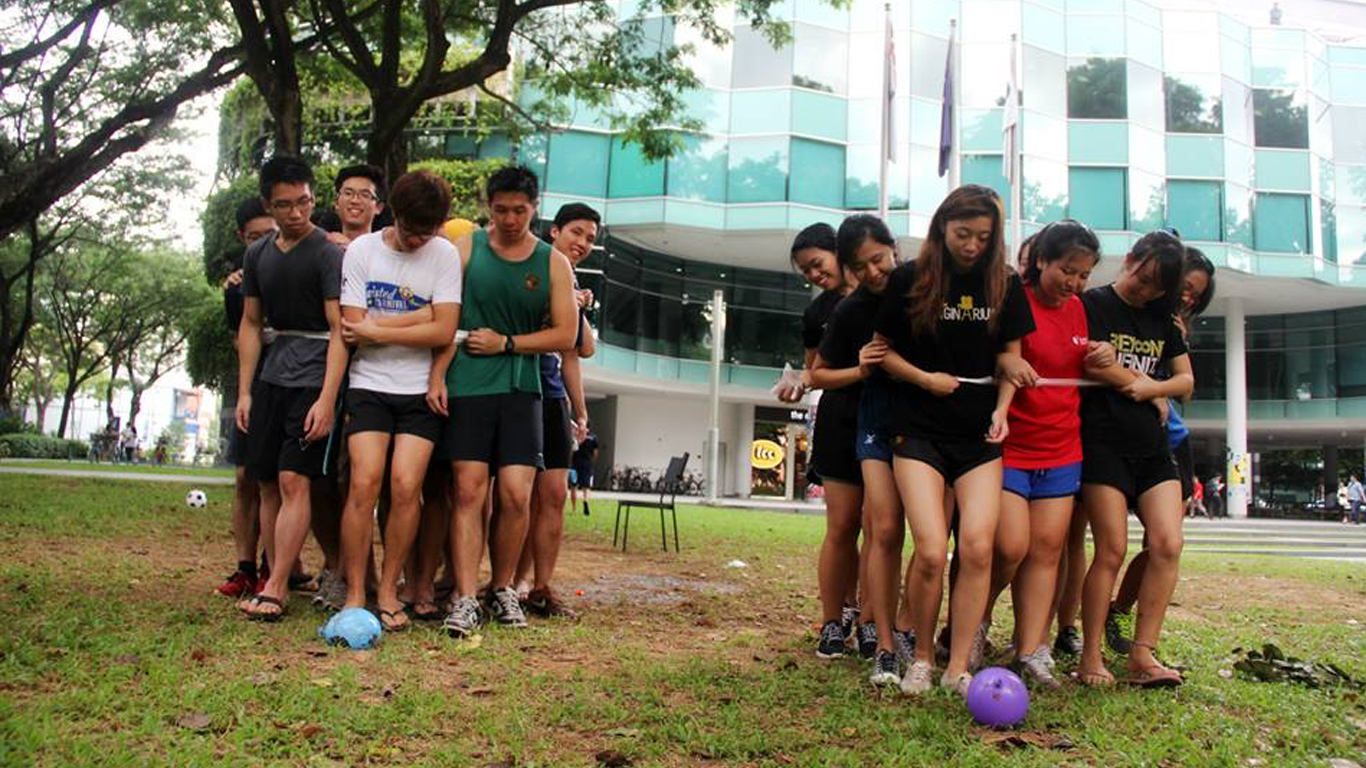
“Any constructive activities where participants overcome challenges together can definitely increase group morale and build group identity by giving people something to be proud of as a team. Experiencing success together is important, and that can be positively done,” she said.
As a freshman at a Singapore Management University orientation camp in 2015, I played a game called “Haunted House”. Three of my group-mates and I had to traverse a darkened, twisting corridor elaborately set up within a row of classrooms.
With only an underpowered torchlight for guidance, we had to solve puzzles along the way, all while seniors dressed as ghosts tried to scare us. A couple of my group mates were reluctant at first, but once we had run the gauntlet, the collective sentiment was more exhilarated relief than lingering discomfort.
The bonding activity was excellent: Three years on, and I’m still friends with those OG mates. No hazing was required at all.
